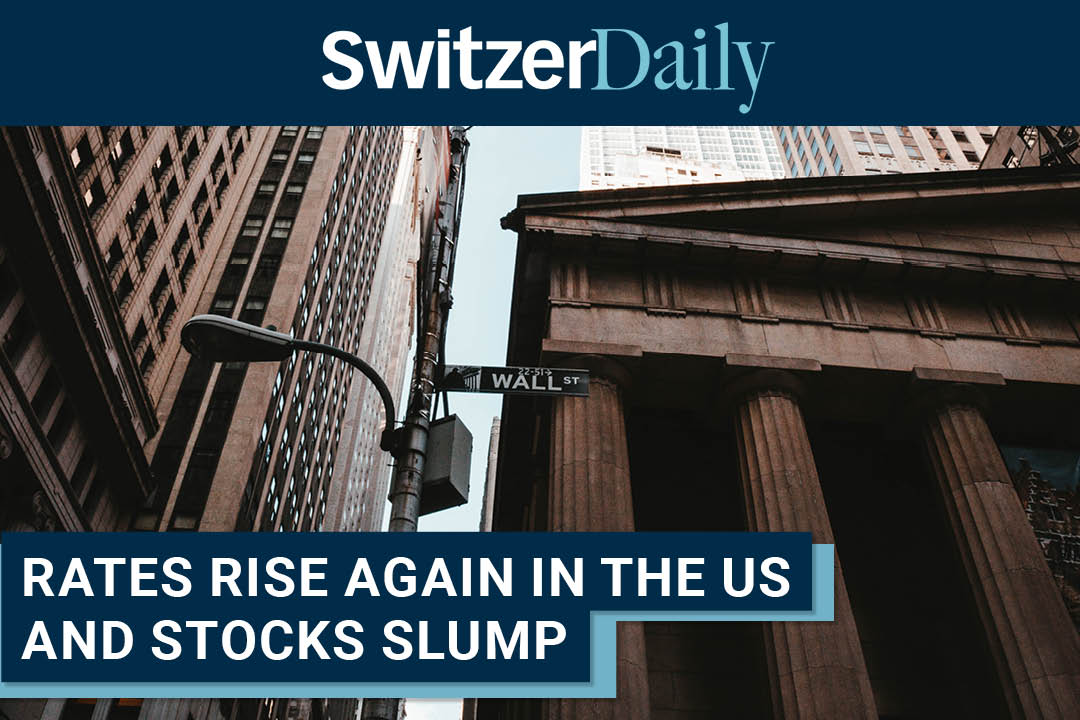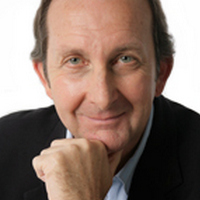

The US central banks (i.e., the Federal Reserve or the Fed) just hiked interest rates by 0.25%, which was what most economists expected. However, it was less than the 0.5% tipped a couple of weeks ago. The decision pushed stocks up but the gains didn’t last.
Well, Fed boss Jerome Powell made the point that the recent banking crisis will help slow down the US economy and work to make inflation fall but that banking crisis adds more uncertainty to the interest rate outlook.
The Fed has two main goals: price stability and maximum employment. In his press conference statement, Powell argued that the 2% inflation target is necessary to deliver the highest employment dividend for the American people. I’m not sure if everyone believes that this interest rate torture of the US economy is the best way to achieve price stability and maximum employment but the influential players on Wall Street gave the Powell message the thumbs up, with stocks reacting positively to the decision.
In fact, while the Fed chief was answering questions following his official statement, all three closely watched share market indexes spiked convincingly higher. The tech-heavy Nasdaq was the biggest winner, surging over 1% before the closing bell. Not surprisingly, the local SPI futures, which predicts what will happen to our stock market, was telling us that our share prices would rise today.
As Powell spoke, however, the market got nervous and sold off.
The Fed’s decision to recognise the impact of the recent banking crisis, as well as its effects on money availability and confidence, also came with a strong hint that interest rate rises are nearing their peak.
This is the kind of news investors in tech and other growth stocks longed to hear, as the start of the interest rate rise program coincided with the sell-off of some of the world’s best tech businesses. This chart of the FANG exchange traded fund shows that tech stocks slumped over the rate-rising times of 2022, and since inflation has been falling and talk that the top of rate rises is near, the famous tech stocks captured in FANG stocks have started to surge.

This chart shows how interest rate rises have hit stocks and shows us what has happened when they stop, and better still, when they fall.
US inflation is falling, with goods inflation really dropping, while services or wages inflation is falling at a slower rate. This chart below from AMP’s Shane Oliver shows how these two types of inflation are falling at different rates.

The black line shows how the key indicators of goods inflation is tumbling compared to services inflation. That’s why the Fed and the RBA locally have been persisting with these rate rises. In fact, our wage-related inflation is less but our overall inflation has remained quite high.
The US inflation rate is 6% while ours is 7.8%. Ours is a quarterly measure, while the Yanks look at a monthly number. Our monthly inflation reading for the year, which is a new statistic, is down to 7.4% and there’s an expectation that we’ll see some significant falls in coming months, because interest rate policy works with a lag that could be as short as six months or as long as 18 months!
This month, the RBA took our cash rate to 3.6% after being 0.1% in April 2022 — that’s the fastest monetary policy tightening in history.

We should see this later this year. The Fed boss implied that there’ll be one more hike this year, probably in May. Our RBA will be watching the Fed closely and will be influenced by its actions.
In between, Jerome Powell and Dr Phil Lowe will watch the economic data and what happens in the banking sector. Regional bank share prices fell when the US Treasury Secretary Janet Yellen decided to tell a U.S. Senate appropriations subcommittee that the U.S. wasn’t currently working on “blanket insurance” for bank deposits.
That was ill-timed and not smart.
The Dow was up on the rate rise decision, as it was less than expected, but the Powell press conference and the Yellen statement have kept negativity in the frame. The Dow fell 530 points and the Nasdaq lost 1.6% after being up over 1% by the close, before the blabbers starting blabbing!
The bottom line is that this banking crisis makes a US recession more likely and deeper than was expected three weeks ago.
Let’s hope it helps kill inflation quicker than expected and we can see interest rates falling and stock prices rising.
It won’t happen overnight but it will happen!